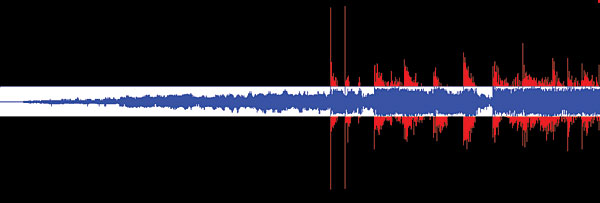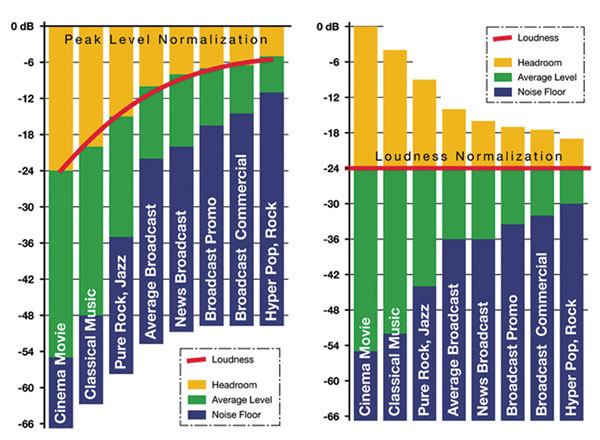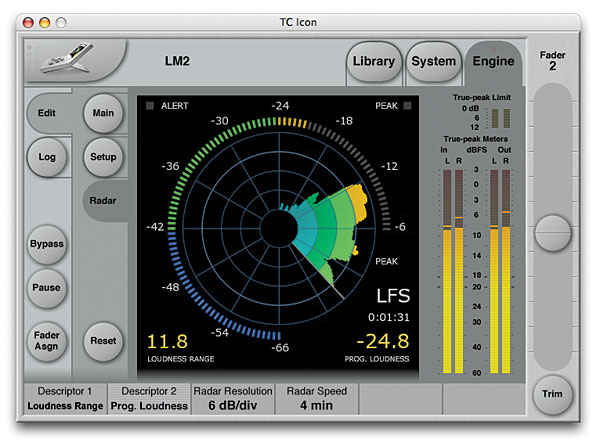| Columns Retired Columns & Blogs |
I'm glad to hear I'm not the only one who got emotionally moved by this movie. FYI it is available for streaming on Netflix, which is where I discovered it.
Esfir Ross deserves special attention. While she has a great story, I don't think you could spend five minutes with that lady without crying from laughter.








































